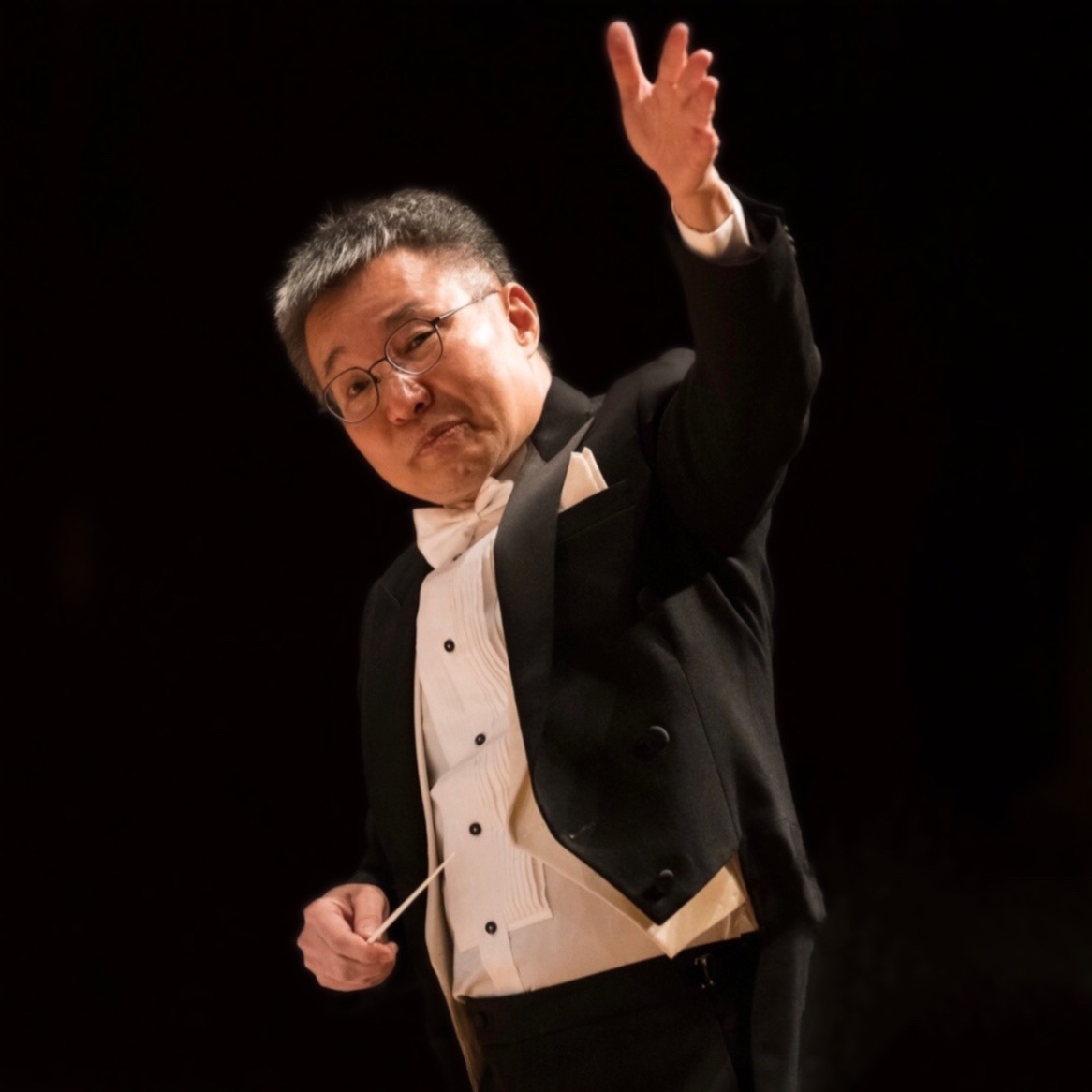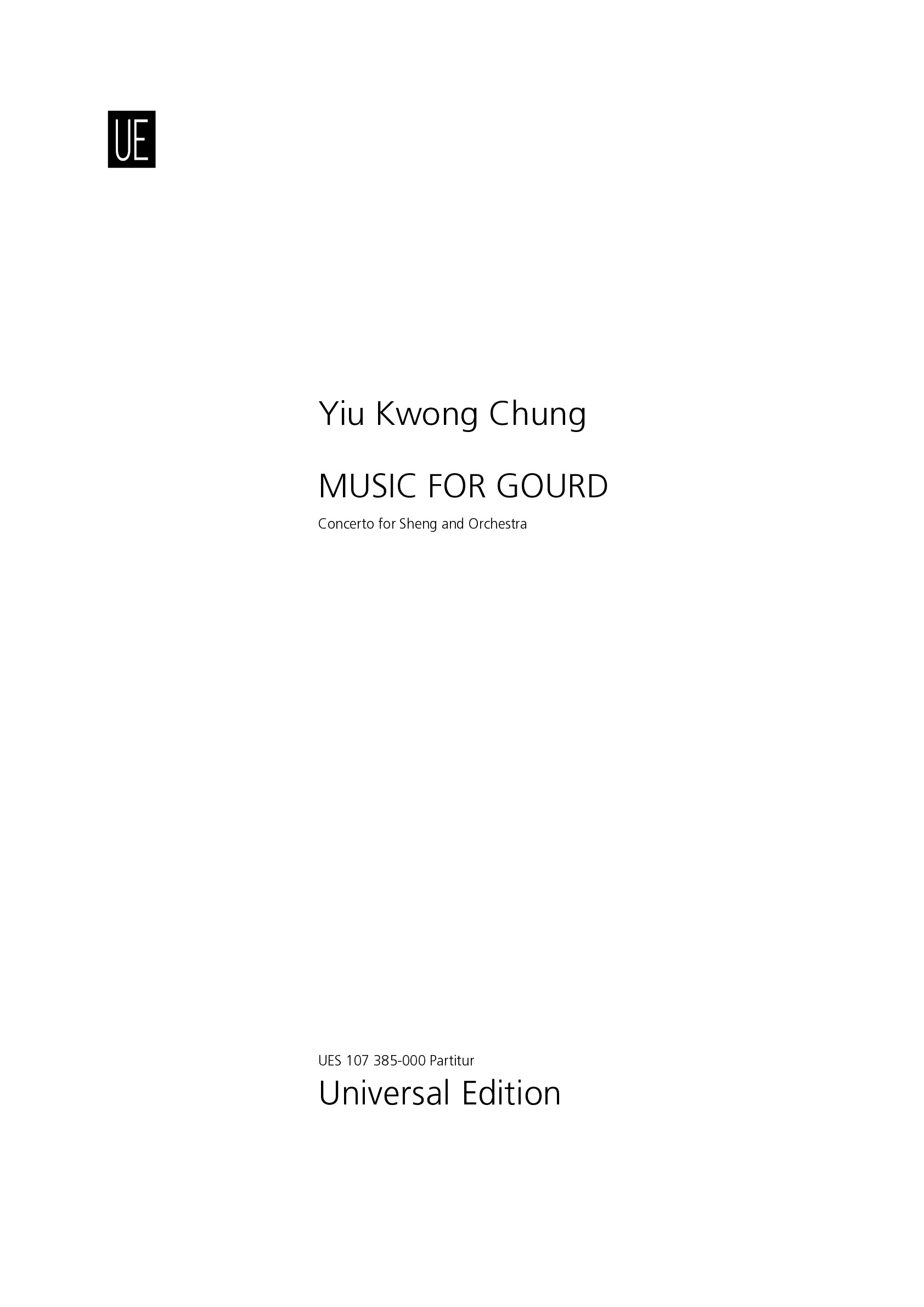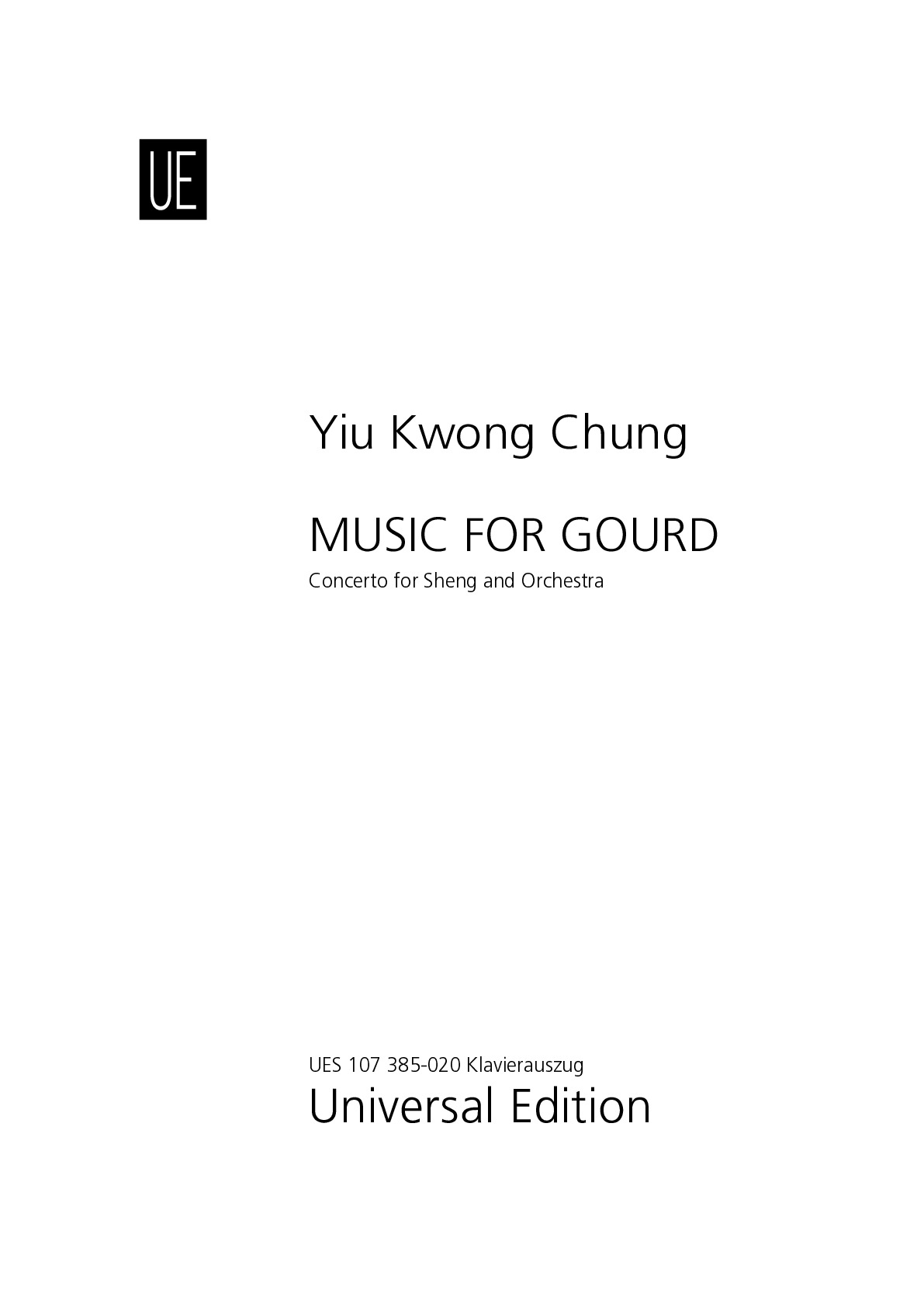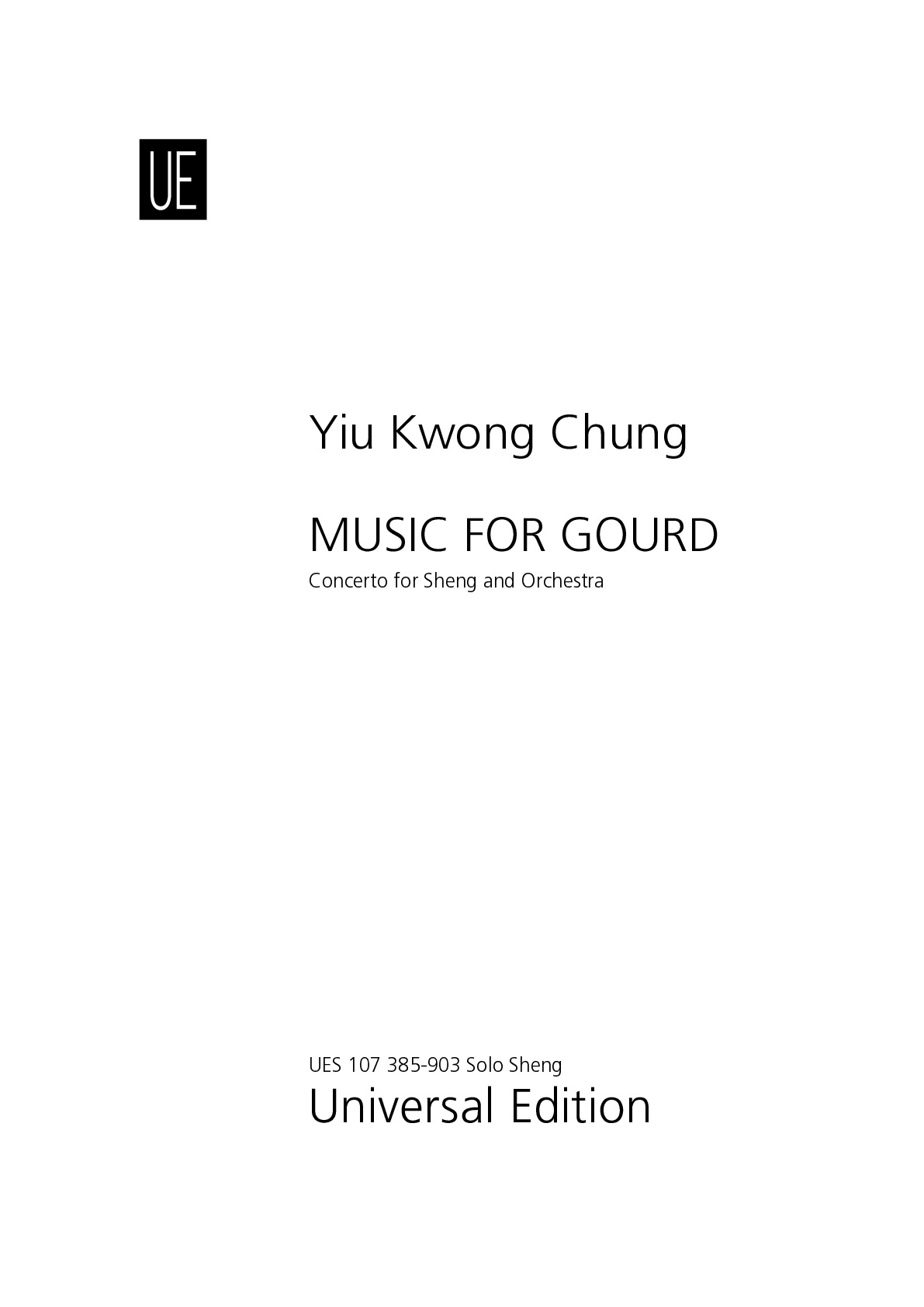

Yiu Kwong Chung
MUSIC FOR GOURD
Short instrumentation: 3 2 3 3 - 4 2 3 1, timp, perc(6), hp, pno, str
Duration: 16'
Solos:
sheng
Instrumentation details:
1st flute
piccolo
2nd flute
1st oboe
2nd oboe
bass clarinet
1st clarinet in Bb
2nd clarinet in Bb
1st bassoon
contrabassoon
2nd bassoon
1st horn in F
2nd horn in F
3rd horn in F
4th horn in F
1st trumpet in C
2nd trumpet in C
1st trombone
2nd trombone
3rd trombone
tuba
timpani
1st percussion
2nd percussion
3rd percussion
4th percussion
5th percussion
6th percussion
harp
piano
violin I (12 players)
violin II (10 players)
viola (8 players)
violoncello (6 players)
double bass (4 players)
MUSIC FOR GOURD
Sample pages
Audio preview
Video
Work introduction
Music for Gourd is a composition commissioned jointly by the Hong Kong Chinese Orchestra and the Taipei Chinese Orchestra. It was completed in July 2012 in Taipei and later re-orchestrated for the Western orchestra in 2019. The entire piece, approximately 16 minutes long, is structured as a single-movement concerto divided into three closely connected sections: fast, slow, and fast. The solo instrument featured is the 36-reed modernized Sheng.
The first section is characterized by a tranquil introduction followed by a rhythmically intense dance. The harmonic language in this section is characterized by sharp dissonances, exploiting the unique playing techniques and utilizing the diverse modern soundscape of the Sheng.
The second section presents a graceful Hmong Qeej Dance featuring the traditional Hmong wind instrument also known as Lusheng. The Hmong Qeej Dance is later transformed into continuous rapid 32nd note scale passages, presenting a formidable challenge to the soloist. The Lusheng, made of bamboo pipes with free reeds, is central to the musical traditions of the Hmong ethnic group and is often used in their rituals, ceremonies, and traditional music.
In the third section of "Music for Gourd," the influence of Thai Khaen solo music is evident. The Khaen, a traditional free-reed mouth organ from Thailand, contributes to this section's lively and playful melody, characterized by rapid repetitions of single notes or chords. Incorporating the Khaen music adds a distinctive Southeast Asian flavor to the composition, enriching its cultural tapestry.
The composition concludes with a brilliant solo Sheng passage accompanied by the woodwind and percussion sections of the orchestra, showcasing the rugged aspects of "Gourd Music" and culminating in a climax of heightened intensity. This juxtaposition of traditional Chinese, Hmong, and Thai musical elements not only reflects the multicultural landscape of contemporary music but also highlights the versatility and adaptability of traditional instruments in modern compositions.
In summary, Music for Gourd is a compelling exploration of cultural intersections, featuring the distinctive timbres and expressive capabilities of traditional Chinese, Hmong, and Thai instruments. Through its innovative blending of musical traditions, this composition offers a captivating sonic journey that transcends cultural boundaries, celebrating the richness and diversity of Asian musical heritage.
What is necessary to perform this work?
Understand Traditional Hmong Qeej Dance Here:
https://www.youtube.com/watch?v=Fzm7kWiQjYc&t=330s
Understand Traditional Khaen Performance Here:



